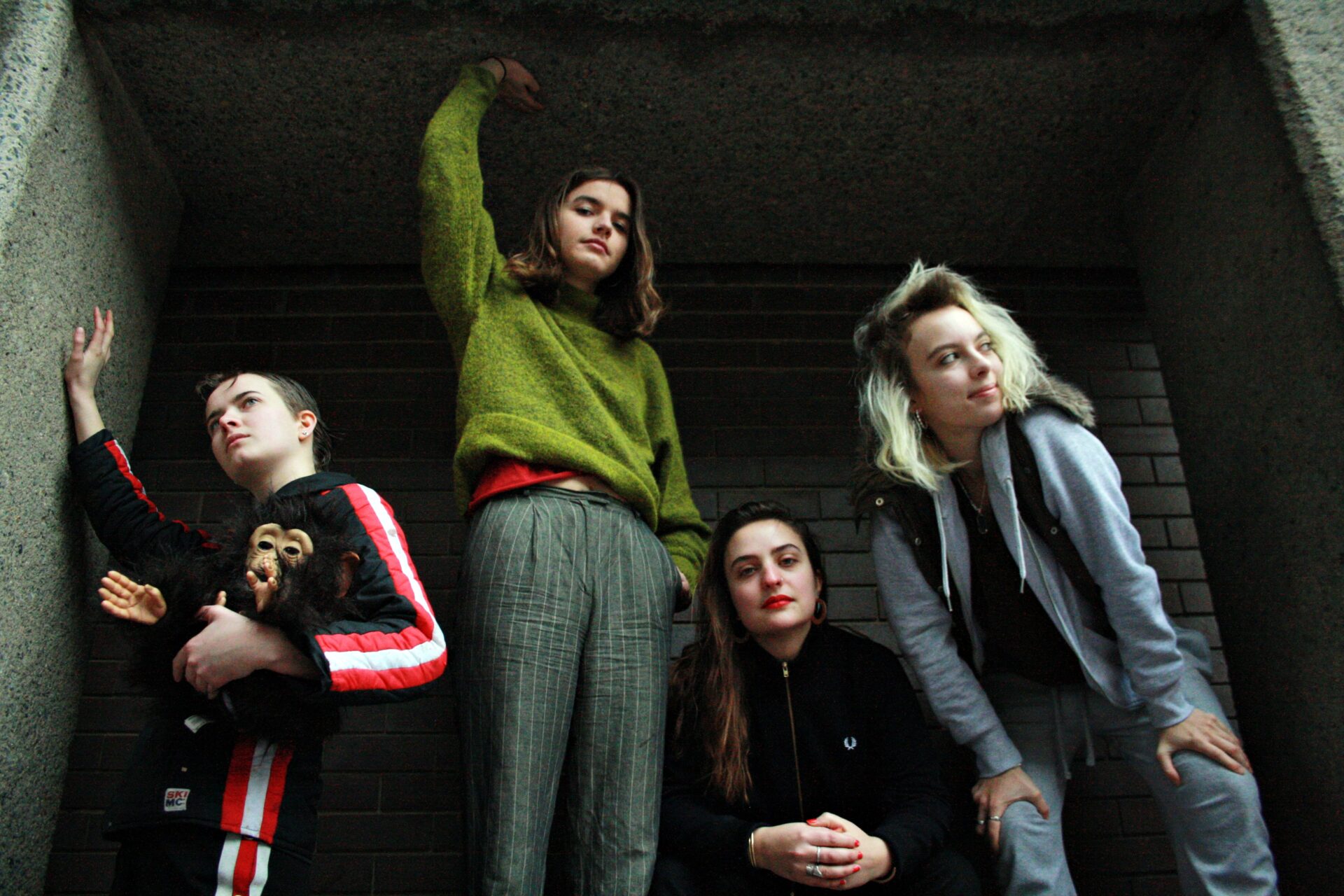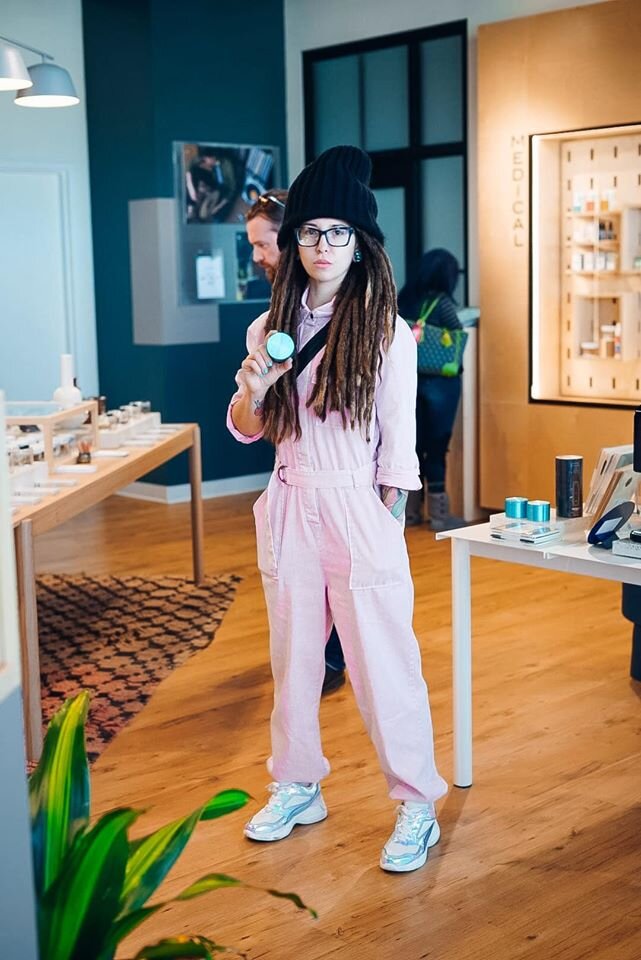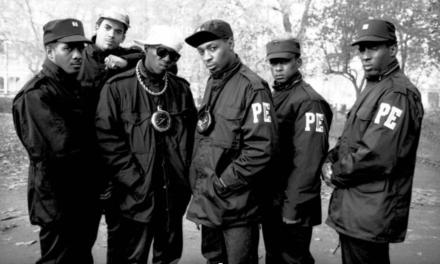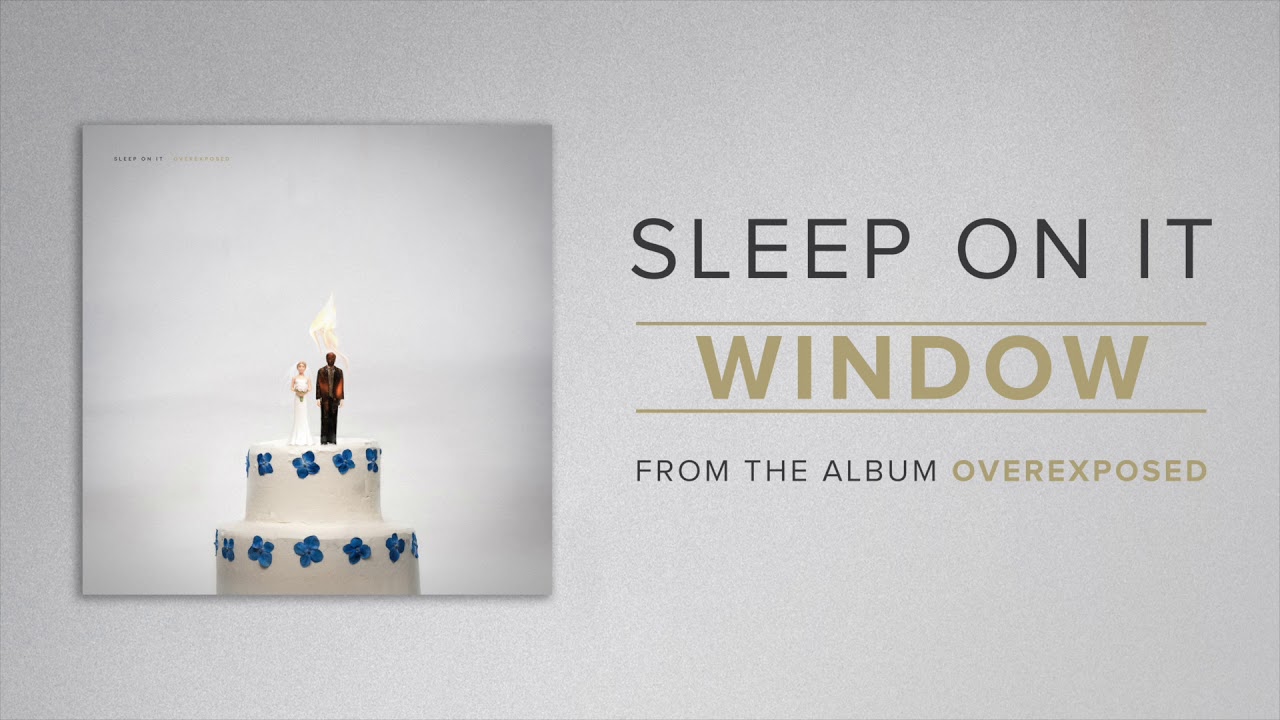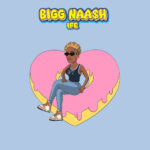It’s amazing to think about how much where a person is born or raised can change their life, and by extension their music. Bruce Springsteen would not have become The Boss if he didn’t grow up in working-class New Jersey. ‘90s hip-hop would be much different if not for the feud between New York’s Notorious B.I.G. and Marin City, California’s Tupac (originally born in NYC, funny enough), a feud that has affected the sounds of everyone from Kendrick Lamar (Compton) to Cardi B (The Bronx). One of the most exciting parts of this geographic significance is seeing what a location is really like. Every town or city has surface level attractions, the locations and sights that all the tourists get directed towards. That’s not really the city though. There’s always the real city, what it’s like to live there every day. Enter Goat Girl, four women from South London. With a raucous lo-fi sound on their self-titled debut, Goat Girl have authentically captured their experience in the clubs and shows of their city, and in the process illuminated who they are and where they’re from.
Goat Girl were not in South London when I spoke to them. Instead, the four members were in New York City for the day to do press for their album. Although I talked to them relatively late in their day, you wouldn’t be able to tell. The high energy of Goat Girl’s music clearly flows naturally from their personalities, as Clottie “Lottie” Cream, Rosy Bones, Naima Jelly, and L.E.D “Ellie” (all pseudonyms, if that wasn’t clear) were in high spirits, joking with each other and asking me as many questions about my life as I asked them while also telling me about the “lovely couple” they stayed with while performing at SXSW. One only needs to listen to the raucous first single “The Man” or watch it’s gleefully zany Beatles-inspired video to understand how much fun the members of Goat Girl have working with each other.
While many artists consciously feature their hometowns in their music, for Goat Girl the process was more subconscious. Talking about the underlying theme of their debut, lead singer Lottie said “It’s not really a concept album, but I think it can’t avoid having that sense because it’s about growing up in a place.” She further explains that while Goat Girl grew up in London, the types of political change the band writes about can happen and apply to anywhere in the world. The sound itself is influenced by the venues Goat Girl plays, with a slew of smaller venues under their belts and larger venues now in their sights. They said “we’ve kind of grown from small venues and it’s also really interesting to hear our music in a big space. In London, we played KoKo… [We] think it’s meant to be heard in those spaces because it has that natural reverb to the sound. It makes it sound bigger, but it’s also suited for smaller venues because it has that lo-fi scratchy quality which small venues are good at creating.” Any listener who has heard a band go from small rooms to arenas knows that the room can change the music, from both an acoustics standpoint and from the energy and feeling present, and Goat Girl agree that the musicians can feel it, too.
This came as part of a bigger discussion about the sound of Goat Girl. Stylistically, their music is all over the map. Both myself and the members of Goat Girl agree genre descriptions are increasingly less useful than they used to be, for sake of a short description, the music Goat Girl plays combines elements of punk, jazz, rock, and even country into the mix. The four members each come from vastly different musical backgrounds, which they see as a benefit in their songwriting process. Ellie explained “I don’t think you can consciously write a certain way. I think it just comes out. We’ve never had one direction in mind. I think with the album and with a lot of the songs, they kind of go over quite a lot of different genres. It all comes from a quite different number of influences. I think it also comes from what you have laying around as well. When we used a guitar, that was what we created with guitar music but then when we went in with Dan Carey, we had all of this other stuff that was available to us.” Carey (who most notably worked with Franz Ferdinand in the past) is the producer on the album, and all four women said having him working with them was an invaluable asset.
In fitting with the punk-esque sound they employ, it makes sense that Goat Girl would not want their first album to sound pristine. If you’ve listened to any of their singles so far, you know that each one has a griminess and coarseness to it that makes it sound like you’re listening to your favorite band in your living room. This was a conscious decision by Goat Girl, and a large part of the reason they decided to work with Carey on the album. The band recorded the album directly to tape. For Goat Girl, this more effectively bridges the gap for playing a song live, where it can live and breathe and be a fluid thing, and putting a recorded version of music into the world. All four members played their parts at the same time, and each segment of any particular song was recorded three times. Naturally, this meant that there were virtually no takes that were mistake-free, but music–like life–is messy like that, and the band chose whichever recording they thought best conveyed the feeling they were aiming for. When it comes to recording music, Goat Girl agree that it’s much easier to record something grimy and clean it up later if it needs to be while still capturing the feeling than it is to play perfectly and try to imbue it with personality later.
Structurally, Goat Girl’s debut is an interesting collection. The album is 19 tracks long, but only clocks in at roughly 40 minutes. This is due to the fact that most of the songs on the album are only approximately 2 and a half minutes in length. Why is this? Lottie explains with a laugh that they often get bored when they try to write or play longer songs, and so they have an idea, play it until they’re satisfied, and move onto the next song. Rather than try to compromise their ideas by combining them into longer tracks, this allows a purer musical experience for them as creators. As Goat Girl say, listeners are easily able to pick up on whether an artist is truly satisfied, happy and passionate about the work they put out. The album is also loosely grouped into thematic and sonic segments separated by instrumentals, which the band say was a byproduct of grouping together music they wrote that fit together.
While you can never truly experience someone else’s life and home like they do, music gives us a wonderful look inside the mind and the existence of an artist. It allows us to see things like they do, understand their place in the world, and connect with them on an artistic level. Goat Girl is a band with personality to spare, and it comes through in the music they create, giving as much joy to the listener as Lottie, Ellie, Bones, and Naima Jelly clearly have making it and working with each other. Throw in a heaping helping of lo-fi grimy goodness, and Goat Girl is band that will be connecting with audiences for years to come. Strap in, it’s a wild ride with them.

